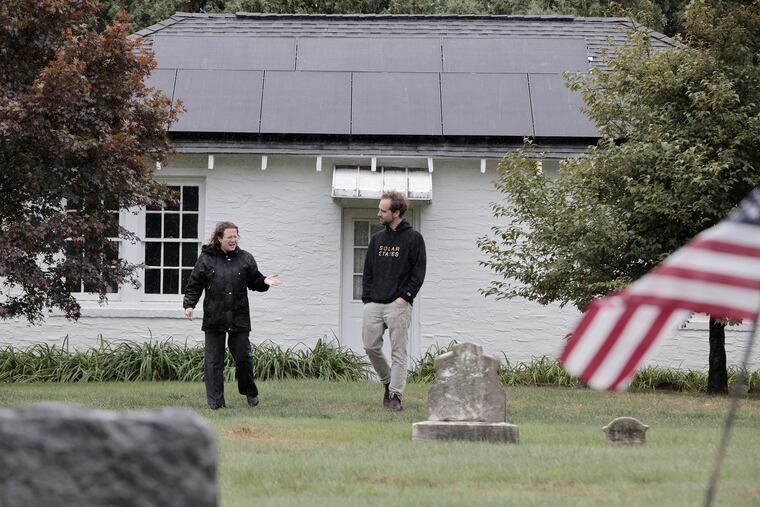A few Philly-area churches are going solar. They hope new tax incentives make it easier for others.
Until now, houses of worship were creating LLCs or seeking grants to reduce their carbon footprint.

Until now, houses of worship were creating LLCs or seeking grants to reduce their carbon footprint.
